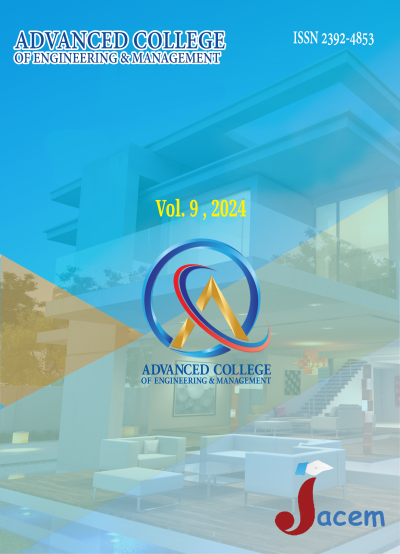Seismic Fragility Assessment of Multistory Mass Irregular Buildings using Incremental Dynamic Analysis
DOI:
https://doi.org/10.3126/jacem.v9i1.71427Keywords:
Mass Irregularity, Incremental Dynamic Analysis, Fragility Curve, Multistory RC Frame BuildingAbstract
In rapidly growing urban areas like Kathmandu, the increasing population demands more land, leading to a need for multipurpose buildings that can address multiple global challenges. However, the limited space in urban environments has caused changes in building structures, requiring more functionality within a smaller footprint and resulting in irregularities. An analytical study is conducted to investigate the impact of irregular mass distribution on a symmetrical reinforced concrete frame. This study considered variations in the placement of heavy masses between storey. The study evaluated the structural fragility of buildings with and without mass irregularities under different conditions. The study focused on two reinforced concrete building models, one with 9 storey and the other with 12 storey, both featuring double basements. Shear walls were incorporated into both structures to resist lateral forces, making them dual system structures. A portion of each building was designated as a hotel with a swimming pool on one floor and was subjected to slightly different loading compared to the rest of the building. The structural analysis involved response spectrum analysis and nonlinear time history analysis, with seismic design code NBC 105:2020. The study concluded that the distribution of mass in a structure can significantly impact its performance. While structures with irregular mass distribution at higher levels are more susceptible to earthquake damage in seismic zones, those with mass concentrated in the lower half can show better performance than uniformly distributed (regular) structures. The study emphasized the importance of avoiding structural irregularities whenever possible. However, if they are necessary, they must be designed in compliance with current building regulations, and their effects should be mitigated using appropriate design strategies.
Downloads
Downloads
Published
How to Cite
Issue
Section
License
JACEM reserves the copyright for the published papers. Author will have right to use content of the published paper in part or in full for their own work.




